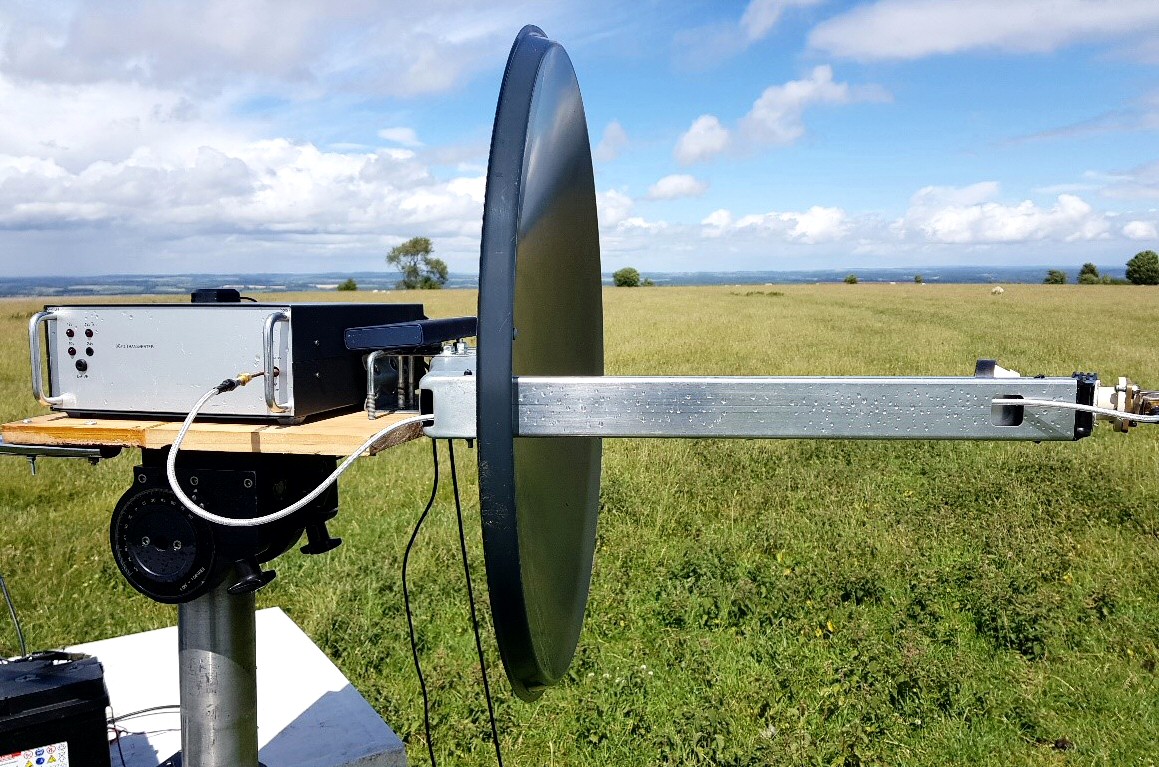5.7 and 10 GHz
The two microwave “middle bands” at 5.6 GHz and 10 GHz are available in several blocks:
- 5.7 GHz: 5.650–5.680 GHz, 5.755–5.765 GHz and 5.820–5.850 GHz, 6cms
- 10GHz: 10–10.125 GHz and 10.225–10.475 GHz, 3cms

The principal Narrowband operating centres are close to 5.760 and 10.368 GHz.
These bands accommodate narrowband DX/EME, beacons, datalinks, satellites and ATV operation as well as repeaters for ATV and data. Most modes popular in lower frequencies can be found in these bands too. Contests are organised by the RSGB and special interest groups including the UK Microwave Group and the BATC. Portable operating is common.
Transverters are the most common means of accessing these bands, used in conjunction with lower frequency VHF or UHF radios. Good performance transverter kits are available with IF’s at 28MHz up to 432MHz. Some commercially available equipment (e.g. 802.11 datalink equipment and other short range / low power devices) can be adapted for cost effective amateur usage particularly in the 5.6 GHz band although care should be exercised to ensure it operates on the correct frequencies and bandwidth within the restricted UK allocations.
5.7 GHz (6cms)
The band is available in three blocks with the central one home to narrowband, EME and beacons at 5.760 GHz. The amateur satellite service has two separate sub-bands, with satellite links centred at 5.668 GHz for uplinks and 5.840 GHz for downlinks.
10 GHz (3cms)
This band is available in two blocks and is the most popular above 23cms. It is home to narrowband modes, EME and beacons at 10.368 GHz, and ATV repeaters. An amateur satellite service segment at the top of the band is available for satellite operation above 10.450 GHz.
The amateur satellite part of the band between 10.489 and 10.500 GHz includes the QO-100 geostationary satellite downlink bands for both the narrow band and wide band transponders. Either transponder can be received easily using commercially available satellite TV LNB receiving equipment.
If you have any questions regarding any of these bands the please contact the Microwave Manager.












